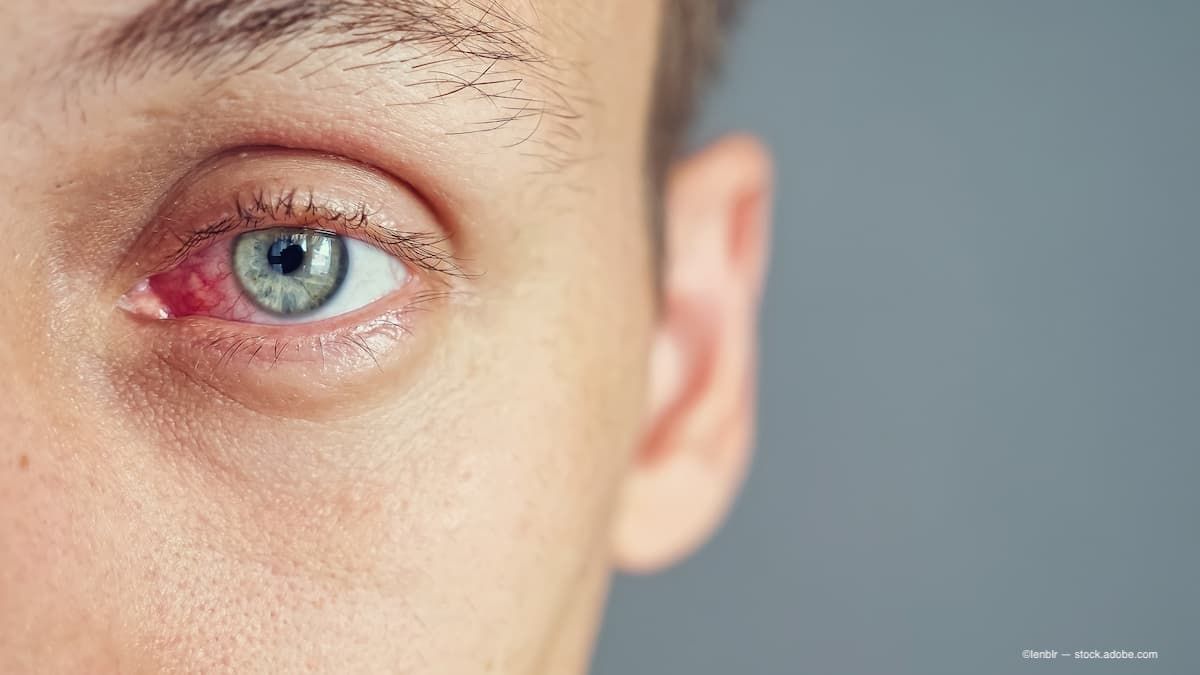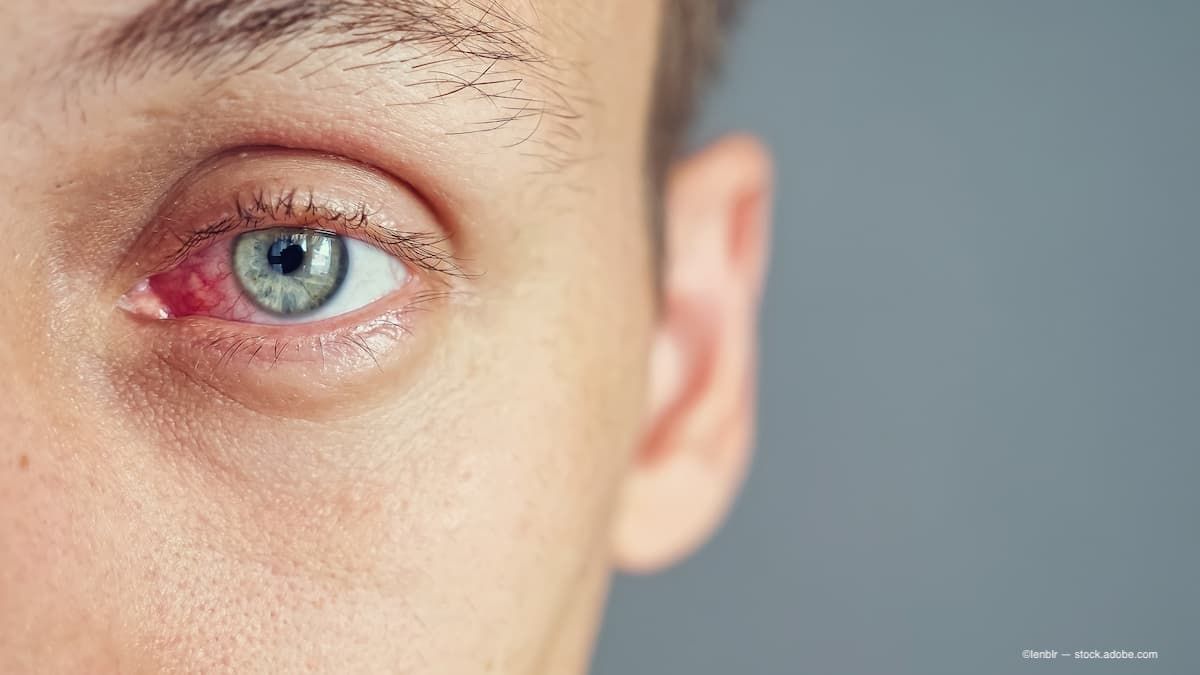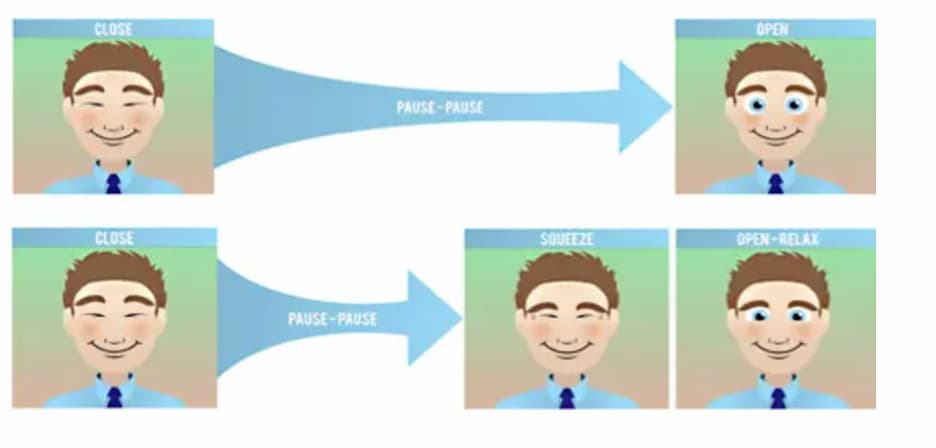Four tips to get the most out of thermal pulsation treatments


Studies have shown that a single VTP treatment can deliver a sustained improvement in meibomian gland function and reduction in dry eye symptoms over 12 months. (Image Credit: Adobe Stock/lenblr)

LipiFlow vectored thermal pulsation (VTP, Johnson & Johnson Vision) plays a significant role in the treatment of meibomian gland dysfunction (MGD) in my practice. Studies have shown that a single VTP treatment can deliver a sustained improvement in meibomian gland function and reduction in dry eye symptoms over 12 months1, with some evidence of treatment effects persisting as long as 3 years.2
To help the results endure, there are additional steps we can take to maximize the results of VTP for our patients:
Perform blepharoexfoliation (BlephEx) in the office just prior to thermal pulsation. I find that using a medical grade microsponge to thoroughly exfoliate the lids and lashes and remove any biofilm helps to improve the results of VTP.
Encourage patients to blink! Digital device use, droopy eyelids, and eyelash extensions can all get in the way of the full, complete blinks that are necessary to effectively distribute oils from the meibomian glands into the tear film. Before the patient leaves my office, I personally demonstrate and go over instructions for blink exercises that I want them to do at home.I tell them, “Every couple hours, consciously think about blinking completely and squeezing your eyes closed. Now that we’ve got your glands unclogged, they will work better—but not if you don’t fully blink.” We also give them written instructions to take home with them in case they forget (Fig 1).

Fig 1: 20-20-20 Rule: Every 20 minutes, blink several times completely, following images above, look 20 feet across the room, instill preservative free artificial tears. (Source: free app Donald Korb Blink Training)

I give my patients a list of lid hygiene and topical products they can use at home to extend and maintain the benefits of the VTP treatment. These include lid scrubs, warm compresses, and preservative-free, lipid-containing tears such as Blink (Johnson & Johnson Vision) or Retaine MGD (OcuSoft). If they are already on an immunomodulator, I continue that, along with a Vitamin A ointment at night, which I think helps to preserve and support the mucin-producing goblet cells.
Start high quality re-esterified triglyceride (rTGC) form omega-3 supplements. Several years ago, I led a study in which we demonstrated that oral rTGC omega-3 fatty acid supplementation was associated with statistically significant improvement in tear osmolarity, omega-3 index levels, TBUT, MMP-9, and OSDI symptom scores.3 Meibum quality is directly related to diet. Too much omega-6 fatty acid (which is common in the heavily processed American diet) or too little omega-3 (from oily fish) can negatively affect meibum quality. In a paper presented at the Cornea Society several years ago, Greg Smith demonstrated that 82% of patients who took oral omega-3s in the rTGC form for 8 weeks showed an increase in eicosapentaenoic (EPA) and docosahexaenoic (DHA) in their meibum.4As a result of these findings, the company was able to obtain 2 patents, including a method patent confirming that this rTGC omega supplement improves the quality of meibum composition in the meibomian glands (Patent No. 9,381 183 B2;Serial No.:13/507,673)
The challenge is that dose and form do matter. If the alcohol (ethyl ester) used to clean the fish oil of mercury and toxins is left in, as it is in the vast majority of omega-3 supplements available at drug stores, it can inhibit the systemic absorption of EPA+DHA. The rTGC form is 70% more bioavailable than the ethyl ester form.5 In addition to starting with a bioavailable form, you have to reach therapeutic levels of≥8% omega-3 in the red blood cells in order to get the dry eye, neurologic, cardiovascular, joint, and other benefits purported for omega-3 supplements. In most cases, this requires supplementation with 2 g/day (of a form that can be readily absorbed), rather than the 1 g or less of an ethyl ester form that has been used in most studies. When patients tell me, “Oh, I already take these fish oil supplements from Wal-Mart,” I suggest that we just check that what they are taking is being absorbed, by testing their red blood cell fatty acid measures. This is a quick, inexpensive test that helps patients better understand their baseline omega-3 levels. It can be repeated to demonstrate change over time with effective supplementation.
Do patients have to do all these maintenance measures? Of course not. But people who are compliant with all or most of an at-home regimen are likely to have better and more long-lasting results from VTP than those who aren’t. Keeping the lids clean and free of debris and promoting healthy meibum will support success with LipiFlow.
References:
-
Blackie CA, Coleman CA, Holland EJ. The sustained effect (12 months) of a single-dose vectored thermal pulsation procedure for meibomian gland dysfunction and evaporative dry eye. Clin Ophthalmol 2016;10:1385-96.
-
Greiner JV. Long-term (3-year) effects of a single thermal pulsation system treatment on meibomian gland function and dry eye symptoms. Eye Contact Lens 2016;42(2):99-107.
-
Epitropoulos AT, Donnenfeld ED, Shah ZA, et al. Effect of oral re-esterified omega-3 nutritional supplementation on dry eyes. Cornea. 2016;35(9):1185-1191.
-
Smith SG. Mechanism of action of oral omega-3 rTG in meibomian gland dysfunction, simplified theory of dry eye, and integrating omega-3 into clinical practice. Presented at 2011 Cornea Society/EBAA Fall Educational Symposium.
-
Dyerberg J, Madsen P, Møller JM, et al. Bioavailability of marine n-3 fatty acid formulations. Prostaglandins Leukot Essent Fatty Acids 2010;83(3):137-41.





